
Deep in the Central Ural Mountains of Russia are two deposits of rhodonite where solid pink to red lapidary material has been quarried since the 1790s. According to legend, before the modern discovery, the local natives noticed eagles picking up small pieces of red stone to put in their nests. The locals assumed this was for good luck, and so adopted the practice. They called the pink stone orletz, eagle stone, which is now hessonite.
Contrasting the rich red color in much of the Russian rhodonite are pleasing spidery veins and batches of black manganese oxide. They may have invaded the stone’s cracks and openings or are leftover molecules in the solution as this calcium manganese silicate rhodonite was forming.
The contrast of the pink to red silicate and black oxide adds a note of beauty to carvings and can challenge a good artist to incorporate the spiny veins into a design.
RUSSIA’S FONDNESS FOR RHODONITE
The Russians so highly prized rhodonite it sometimes rivaled malachite, especially for large carvings. Malachite, though found in multi-ton masses was always vuggy, and had to be sliced into smaller pieces requiring matching of its bands to achieve larger areas and patterns, such as a mosaic, to give it a solid appearance. Rhodonite, on the other hand, could be quarried in huge solid masses and large solid blocks, not unlike quarrying marble. These could be shaped and chiseled into all sorts of large solid red objects.
This story is from the {{IssueName}} edition of {{MagazineName}}.
Start your 7-day Magzter GOLD free trial to access thousands of curated premium stories, and 9,000+ magazines and newspapers.
Already a subscriber ? Sign In
This story is from the {{IssueName}} edition of {{MagazineName}}.
Start your 7-day Magzter GOLD free trial to access thousands of curated premium stories, and 9,000+ magazines and newspapers.
Already a subscriber? Sign In
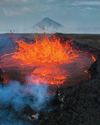
THE BRIGHT SIDE OF VOLCANIC ROCK
As a mineral resource, volcanic rock is decidedly short on glamour.
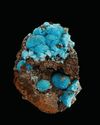
The Other Copper Minerals
12 Lesser-known Collectible Species

MINERAL COLLECTING -AND ROCK & GEM
Evolving Together FOR 54 YEARS
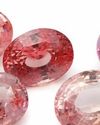
Gemstone Trends
A Look Back at 2024 & What to Expect in 2025
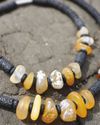
How to Make a GEM BEAD NECKLACE
No Lapidary Experience Needed!
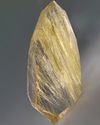
Framing Nature's Art
Faceting Rutilated Quartz for Beginners
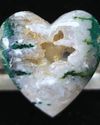
BEDAZZLED BLUE SEAM AGATE
More than several centuries ago, mining was the profession most often seen as befitting of men.
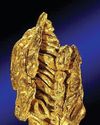
ROCK & GEM FIELD GUIDE:
Spinel is a captivating gemstone with a rich history of being mistaken for gems like ruby and sapphire.
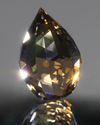
SNAKE SCALE DROP 1.5:1
This Faceting Focus is revisiting the briolette gemstone design because of its popularity with independent and hobby gemstone faceters.
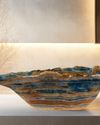
STONE CHIC
How Earth-Inspired Decor Brings Comfort to our Home